- Shop Now
- Burncoose Specialities
- This Month
- Offers & Promotions
- RHS Chelsea Flower Show 2024
- 40 years at Burncoose
- Engage With Us
- Information, Help & Advice
- About Us & Our Services
- Terms & Conditions
- Log In / Register
SEDUM
Commonly known as Stonecrop
Genus of about 485 species of usually succulent annuals and evergreen, semi-evergreen or deciduous biennials, perennials, subshrubs and shrubs. Widely distributed, they are found mostly in mountains in the northern hemisphere but some in arid regions of South America. Now celebrated (or not) by their new name Hylotelephium.
Stonecrops are very variable and most have fleshy leaves and star-shaped flowers.
Some species are valuable wildlife plants attracting butterflies, bees and other insects.
There are 6 species regarded as UK natives including S. telephium (orpine), S. acre, common throughout Britain and S. anglicum (English stonecrop) from rocks, dunes and shingle western coasts of England, Scotland and Ireland.
-
Deciduous
-
Evergreen
-
Alpine or rock plantThese plants prefer well drained soil and are generally dwarf in habit.
-
HerbaceousEarly in the year, typically January till end of March, herbaceous plants might be supplied in 9cm pots to ensure timely despatch.
-
SucculentUsually succulent.
-
Additional Features
 Good to knowLarger herbaceous species should be diveded every 3 or 4 years to improve flowering
Good to knowLarger herbaceous species should be diveded every 3 or 4 years to improve flowering Place of originMainly in mountains of northern hemisphere
Place of originMainly in mountains of northern hemisphere -
Garden Location/ConditionsRockery (inc alpine)
-
Wildlife
 Bee friendlyButterfly friendlyRabbit Resistant
Bee friendlyButterfly friendlyRabbit Resistant
- Dividing Herbaceous Perennials - Video Tip ondemand_video
- Spring Planting Osteospermums - Video Tip ondemand_video
- Dividing Summer Perennials - Video Tip ondemand_video
- Dividing summer flowering Hemerocallis - Video Tip ondemand_video
- Summer propagation - Video Tip ondemand_video
- Self-seeding aquilegia - Video Tip ondemand_video
- Supporting Plants - Video Tip ondemand_video
- Dead heading meconopsis - Video Tip ondemand_video
- Dead heading Delphiniums - Video Tip ondemand_video
- Feeding herbaceous peonies - Video Tip ondemand_video
- Overpotting Problems - Video Tip ondemand_video
Buy Varieties of SEDUM
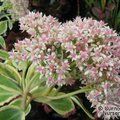
SEDUM 'Frosty Morn'
pinkish white flowers with variegated leaves

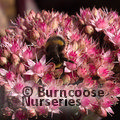
SEDUM 'Matrona'
dark foliage with light pink flowers


SEDUM 'Purple Emperor'
bushy compact plant with red flowers and dark, almost black foliage. A most impressive new introduction


SEDUM 'Red Cauli'
(syn. Hylotelephium 'Red Cauli'). Dark red stems and bright pink flowers ageing to dark red

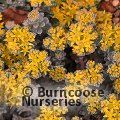
SEDUM spathulifolium 'Cape Blanco'
silver grey succulent leaves and yellow flowers

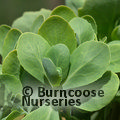
SEDUM spectabile
lilac-pink

SEDUM spectabile 'Autumn Joy'
deep pink flowers

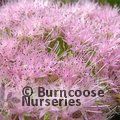
SEDUM spectabile 'Brilliant'
dark lilac-pink
Useful extras...

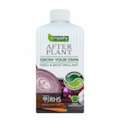

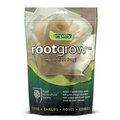




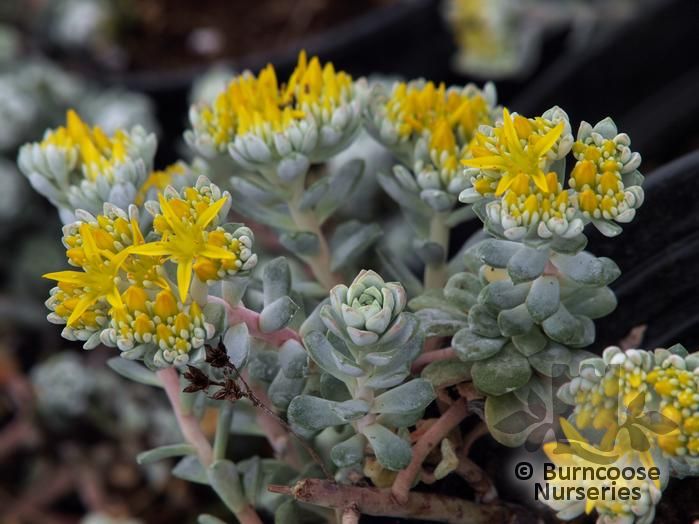

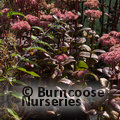







 Gift-wrapping available
Gift-wrapping available




